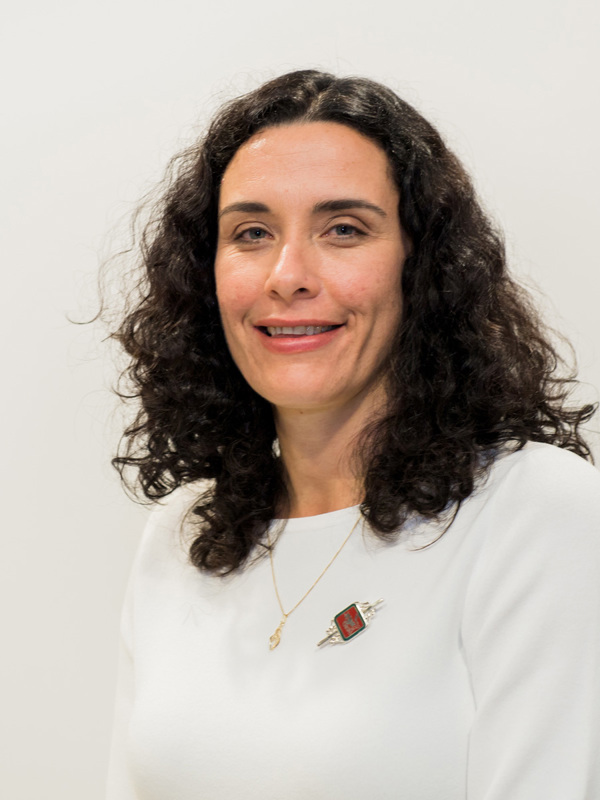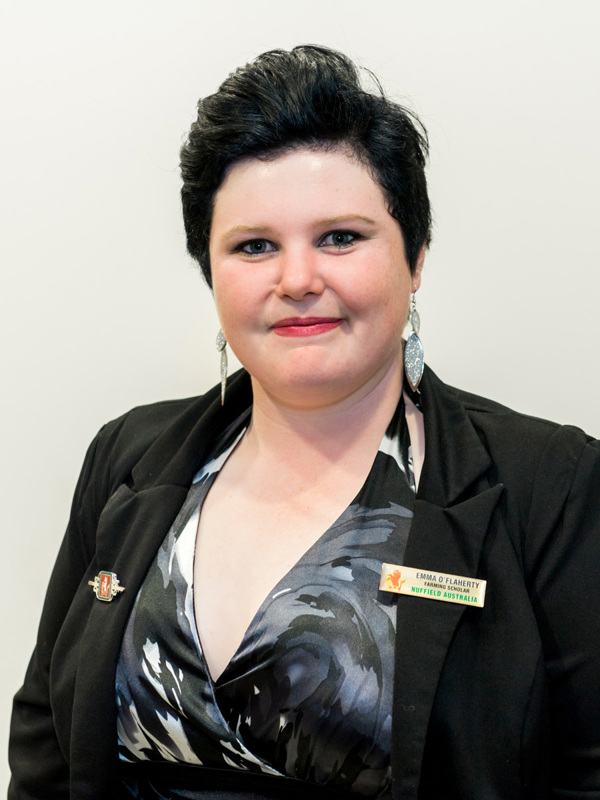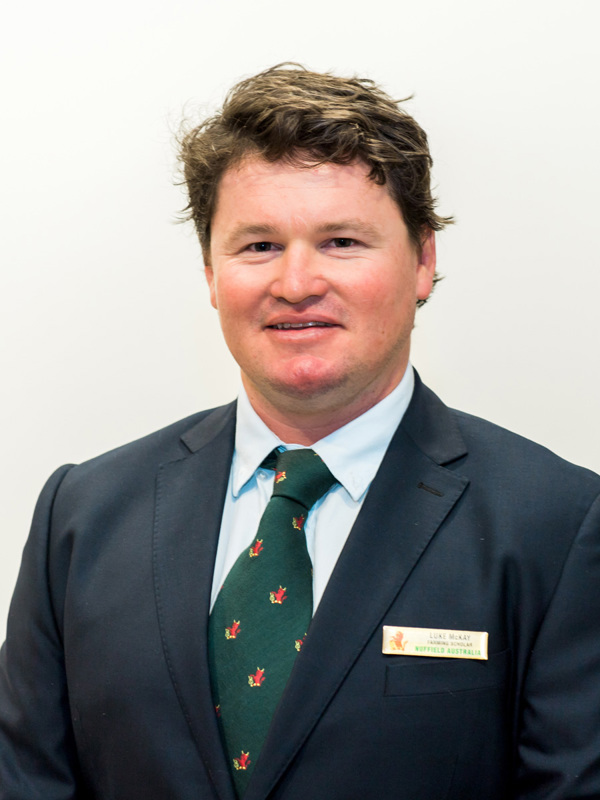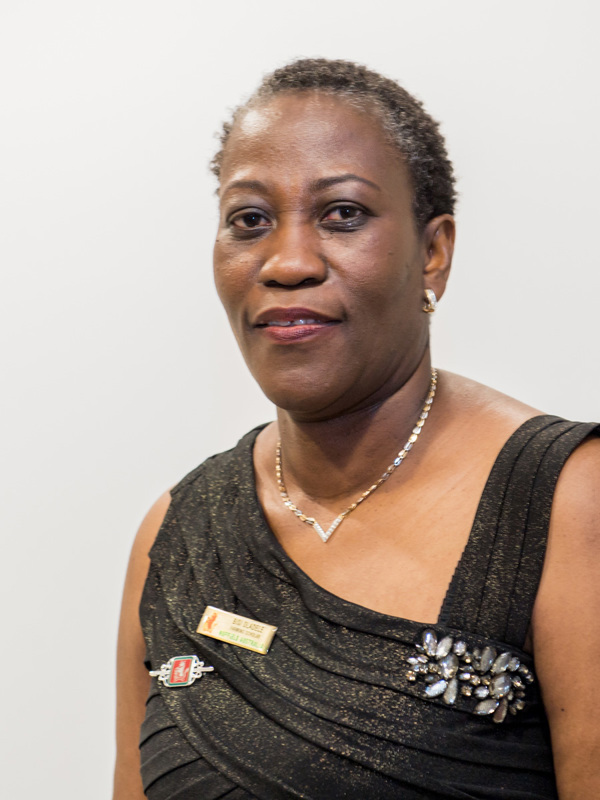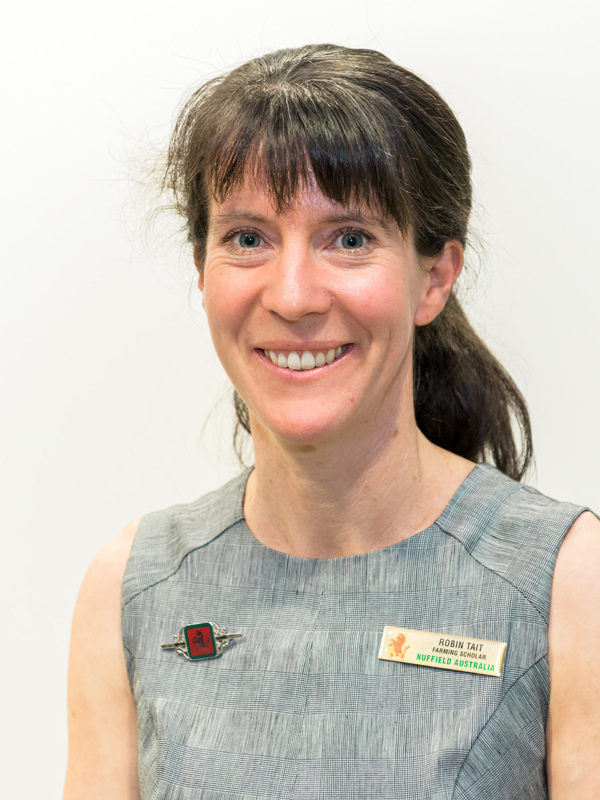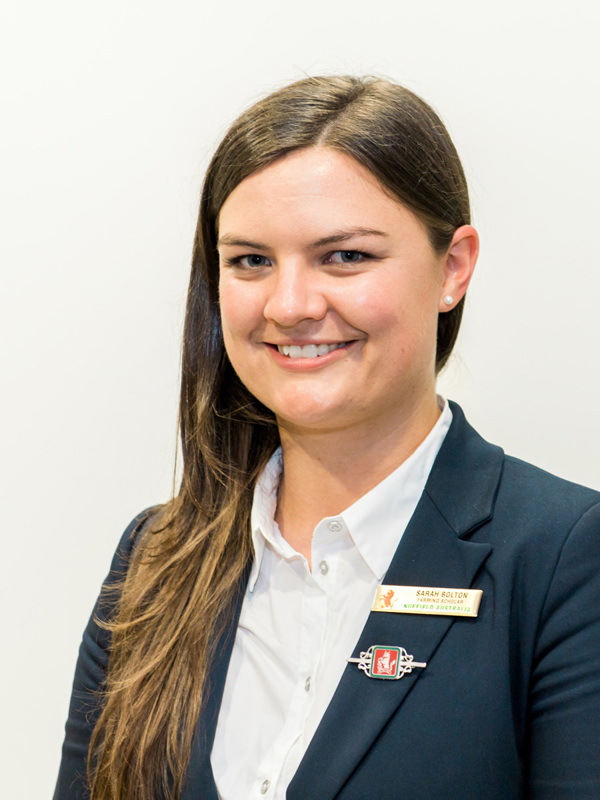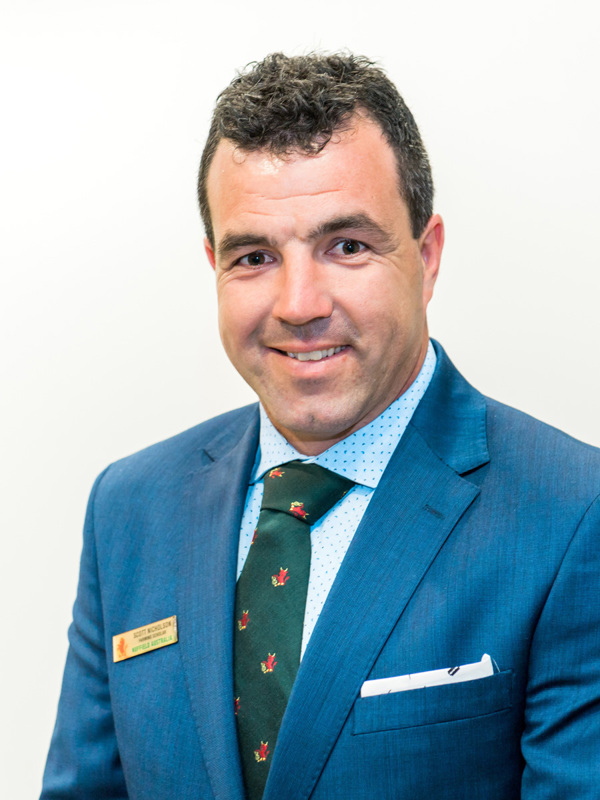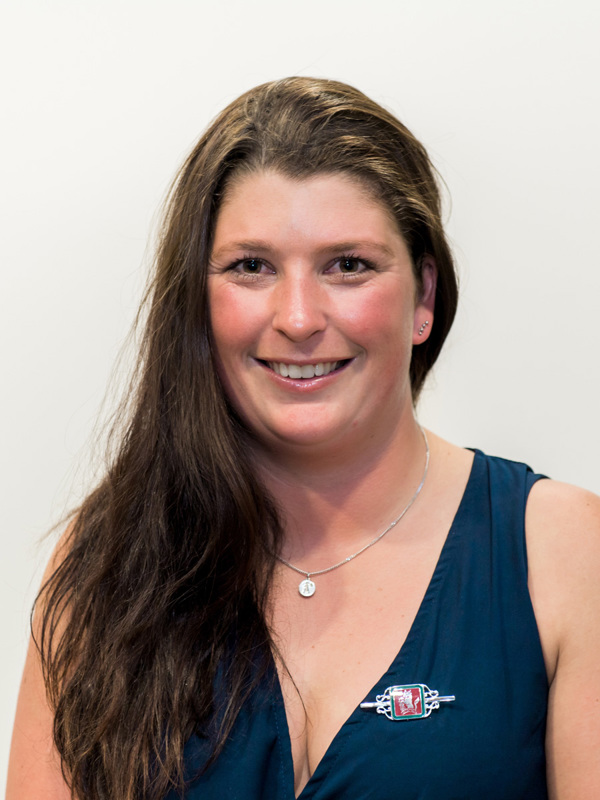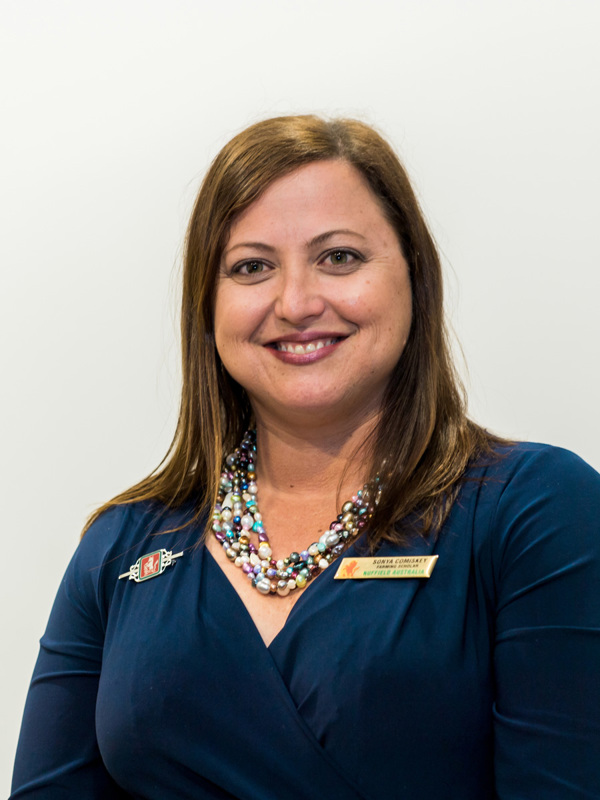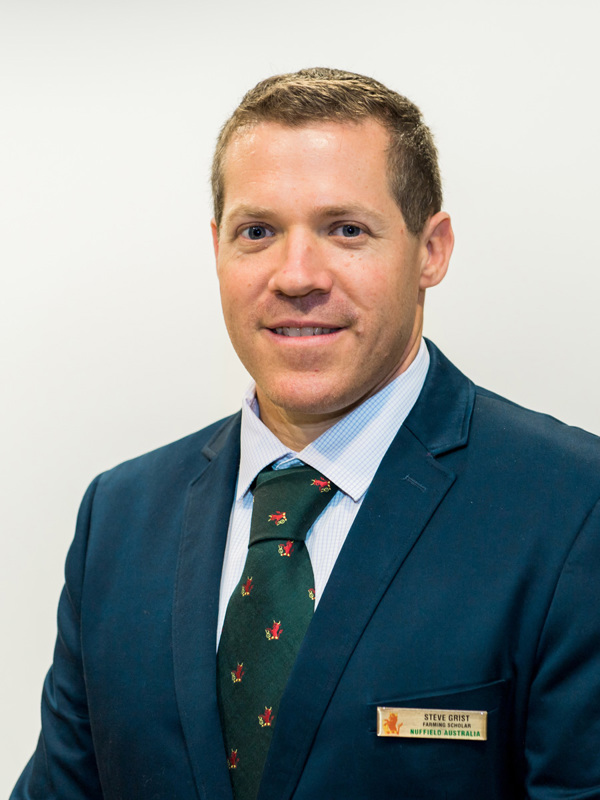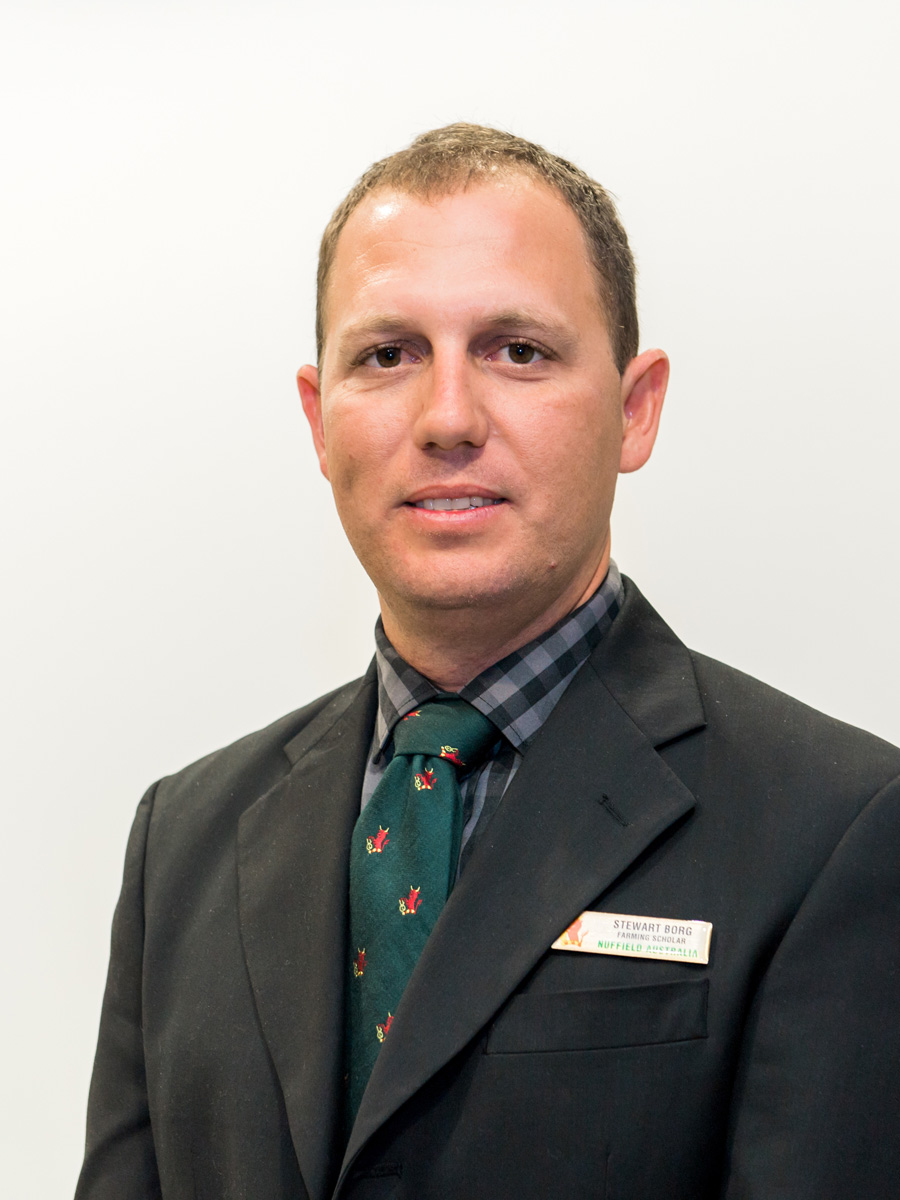
Stewart Borg
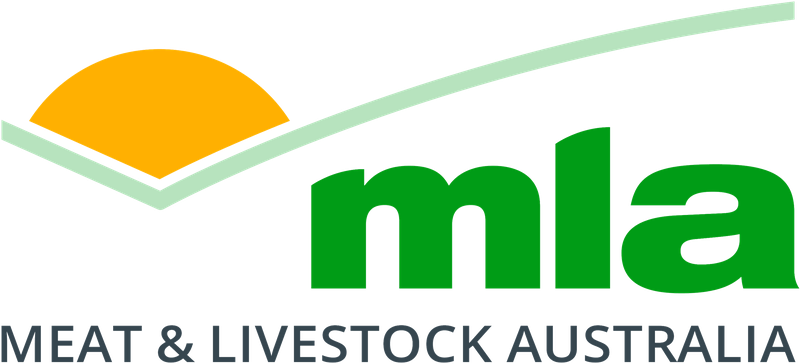
Unlocking the lotfeeding potential of northern Australia
Ahead of Beef Australia 2021, the outgoing ambassador for the Australian beef industry remains excited by the industry’s potential growth.
As Stewart Borg prepares to hand over the baton to the next Young Beef Ambassador, he has released a report that explores how the Australian lotfeeding sector could expand into the tropical north.
The North Queensland producer says this expansion could help increase the national herd size and capitalise on demand from key markets.
Stewart says robust planning, smart investment and the development of complementary agricultural industries could overcome the region’s heat, humidity and rain. He explores the topic in a Nuffield Australia report, released today.
Stewart and wife Sarah run “Marklands”, a 2400-hectare mixed cropping and beef enterprise near Mackay. Stewart was named the Rabobank Young Beef Ambassador at Beef Australia 2018, the nation’s largest beef expo. This award recognises young, forward thinking and high-achieving beef producers.
Stewart will hand over present the award to the next ambassador at Beef Australia 2021, which starts in Rockhampton on Sunday, 2 May.
With support from Meat & Livestock Australia, Stewart explored both alternative feed sources and animal housing options that are better suited to northern conditions.
“Although the tropical climate of northern Australia poses challenges for lotfeeding, there are many opportunities on offer as well,” Stewart said.
“Northern Australia is proximal to both emerging and existing markets, receives higher and more reliable rainfall and is close to large supplies of feeder weight cattle. There are also a range of feed sources, like soybeans, tropical grasses and palm kernel, which have lotfeeding potential.”
While the lotfeeding sector currently relies on cereal grains like wheat and barley, Stewart travelled throughout the United States and South America looking at alternatives that would be better suited to northern Australia.
“Development of tropical pasture varieties has been rapidly progressing in recent years, and several hybrid grasses hold enormous potential for application in northern Australia, either through use as hay or silage. Mulato 2 is a brachiaria hybrid that produces exceptionally high dry matter yields and shows great feed values, making it highly suited to our tropical northern conditions. It is high protein, and more productive than tropical grasses currently available. Corn is king in the feed sector of the United States. Travelling through Texas, I saw it used in multiple ways, from silage, to dry rolled pellets, cracked corn and the very popular steam-flaked corn. Combined with soybean, it’s no wonder it’s the among the mostly widely grown crops in the world.”
Stewart’s research also focused on modifications to lotfeeding structures that would need to be made for the industry to succeed in northern Australia.
“Tropical climatic conditions in northern Australia require a feedlot system to protect against high rainfall, heat and humidity. Heat stress in animals is a real risk to their wellbeing and productivity, but one that can be managed through a range of strategies. Building designs that feature raised ridge capping are utilised throughout Indonesia and South East Asia, either in full or partially enclosed systems. The peaked roof allows heat to rise and escape via openings on either side of the raised ridge caps, and overall efficiency can be boosted by ensuring that aspect and wind direction are taken into account before construction.”
Ultimately, the third generation beef producer concludes that the Australian lotfeeding industry has huge potential to expand national herd size and capitalise on key market access by expanding into northern Australia.
“A northern feedlot industry, supported by better infrastructure and large-scale irrigation projects, is the key to mitigating the risks of drought and allowing producers to supply consistently high-quality beef. There is enormous potential for lotfeeding to expand into northern Australia, and if we can realise this potential in a well-considered way, we will ultimately be able to further capitalise on the natural advantages we already hold as a leading global suppliers of premium quality beef.”
Investor Information:
Meat & Livestock Australia Limited (MLA) delivers marketing and research and development services for Australia’s cattle, sheep and goat producers.
Website: www.mla.com.au
Twitter: @meatlivestock
Facebook: @meatandlivestockaustralia
